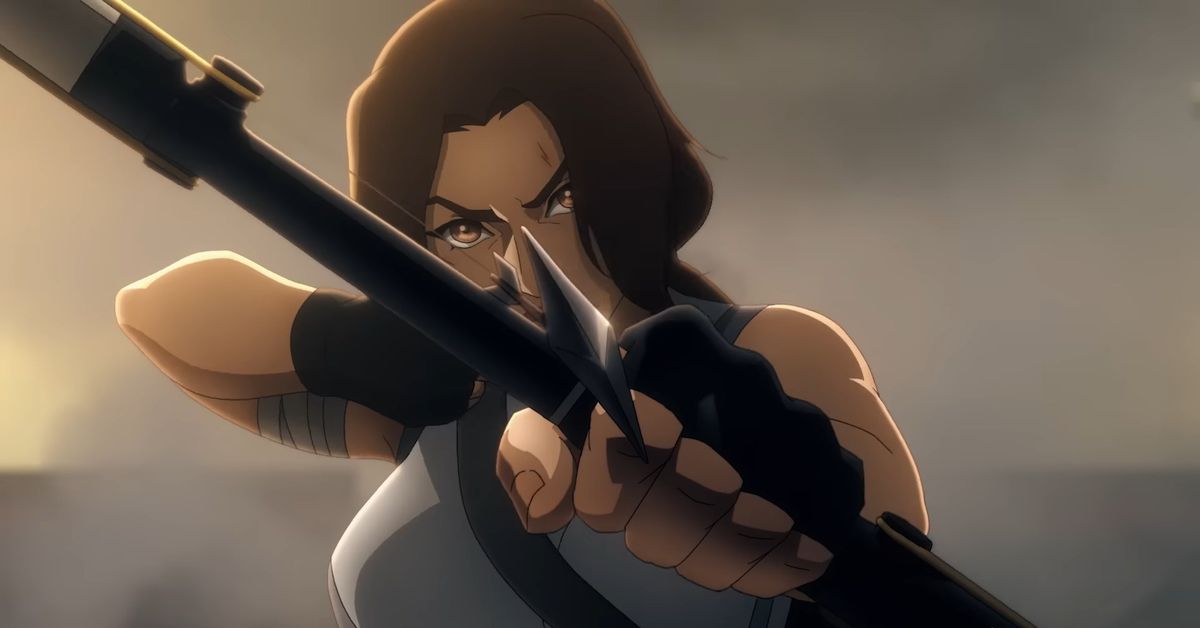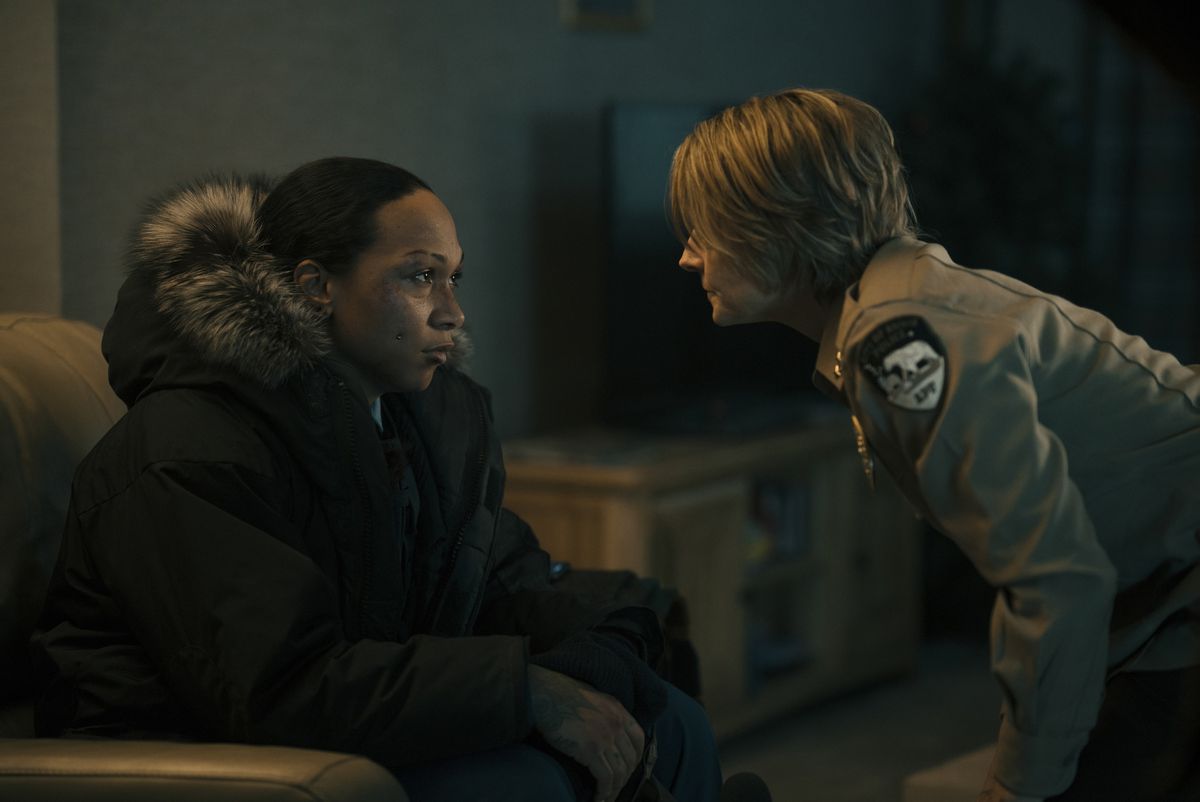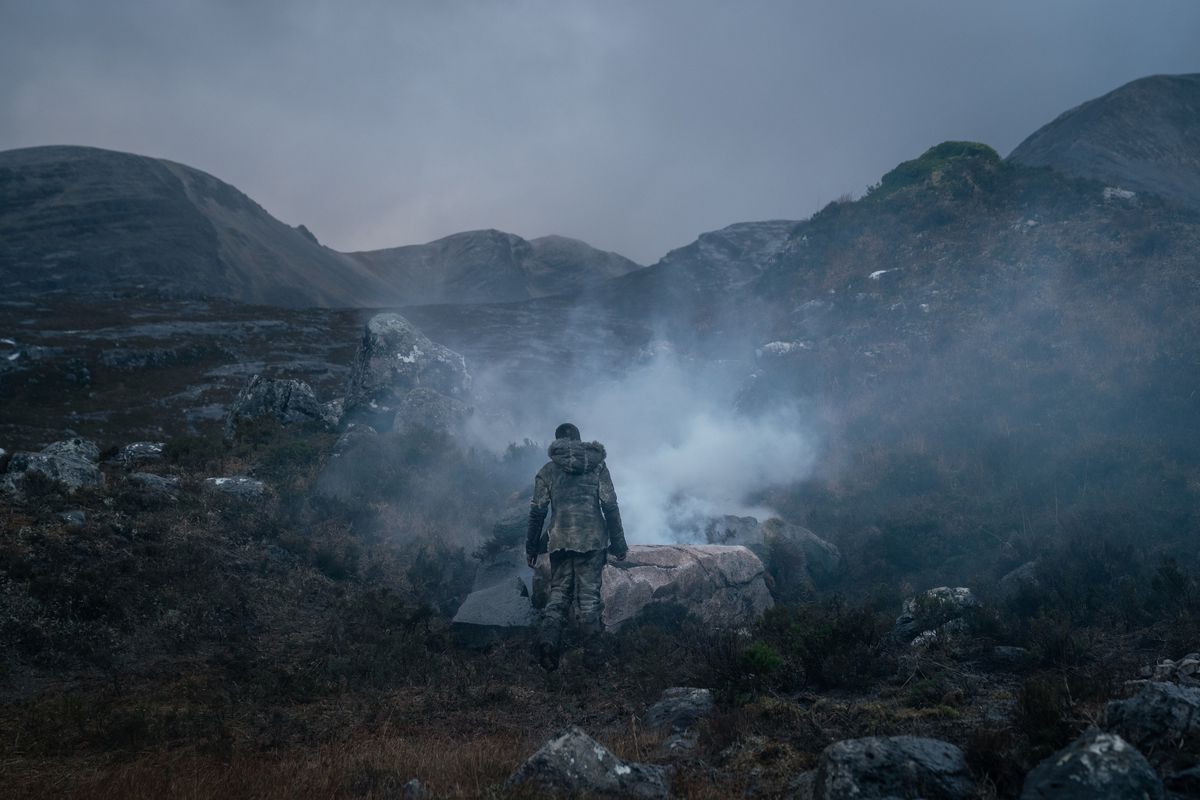Gen V’s first six episodes are remarkably tight. The Boys’ spinoff series immediately establishes its place in the larger universe, and quickly introduces us to an entire cast of characters, a unique superhero university, and a secret conspiracy in just a few short hours. Despite its relatively large cast of characters, Gen V manages to give each one time to shine in their own storylines, letting them all have problems — both personal and superpowered — that just make for great television. All the while, all of the teen drama seamlessly filters back into the conspiracy thriller literally underneath the school, as the kids discover the mysteries of The Woods. But Gen V’s last two episodes run into a unique problem: They move too fast.
[Ed. note: This post contains spoilers for Gen V season 1.]
Gen V’s seventh and eighth episodes cover a lot of ground very quickly. After the cliffhanger twist of episode 6 (that Cate has been manipulating the group the whole time), the gang learns that Indira Shetty’s ultimate plan with The Woods is to create a virus that will kill anyone with Compound V in their system. Cate decides she’s flipping sides completely. She kills Shetty, who had been manipulating her, and frees the kids from The Woods, telling them that they’re better than humans and that humans don’t deserve to live — a message Sam gets on board with fast. For Marie, Jordan, Emma, and Andre, however, all of this is too much bloodshed to stomach, and they start fighting Cate, Sam, and the kids from The Woods. As chaos breaks out at God U, the powers that be finally call in a little assistance, and Homelander shows up to put a stop to everything.
If this all sounds a little harried, that’s because it is. What started as a carefully plotted series, full of scenes of teens working out complex (and not so complex) emotions and dealing with the moral ramifications of having powers, suddenly devolves into a massive CGI brawl. The huge fight feels out of step with everything that’s come before it. It’s exactly the kind of ending you might expect from a Marvel movie that takes a left turn into punching just as the third act begins.
:no_upscale()/cdn.vox-cdn.com/uploads/chorus_asset/file/24321800/genv.jpg)
That’s not to say that Gen V’s first season shouldn’t have ended in a fight — just that it shouldn’t have ended in a fight this quickly. The fight should have been set up better, allowing the teenage characters’ emotions the space to bubble over until all they knew how to do was fight their way out. It’s a bad time for the show’s first emotional shortcut. The eight-episode season abandons the delicate pacing of the show’s fantastic early chapters to rush through plot points and motivation in the back half.
But with just a couple more episodes, which would ultimately give the season a very standard 10 episodes, it might have been much easier to swallow the way that Cate and Sam’s systematic abuse caused them to turn to wanton violence, or why their friends couldn’t talk them out of it and decided to fight them instead. Episodes 7 and 8 feel like the microwave version of Gen V. They’re still pretty good, but not nearly as great as the slow-cooked setup.
The good news for the show is that the too-quick ending doesn’t take away from how great the rest of the season was. And all things considered, there are much worse problems to have than leaving people wanting more — Gen V is the rare show that could be improved with more rather than less. Regardless of the chaotic frenzy that ended season 1, the setup for Gen V’s second season is easy to see and exciting to think about. The core of the heroes being trapped feels like great fodder for a prison break, and Cate and Sam having to figure out what to do now that they’re not under anyone’s thumb should be fascinating. Despite the season’s sudden ending, this series is still filled with fantastic characters, and the deftness of the first half of the season has earned the creative team some benefit of the doubt going forward. But let’s hope season 2 gets all the episodes it needs to do its story justice.








